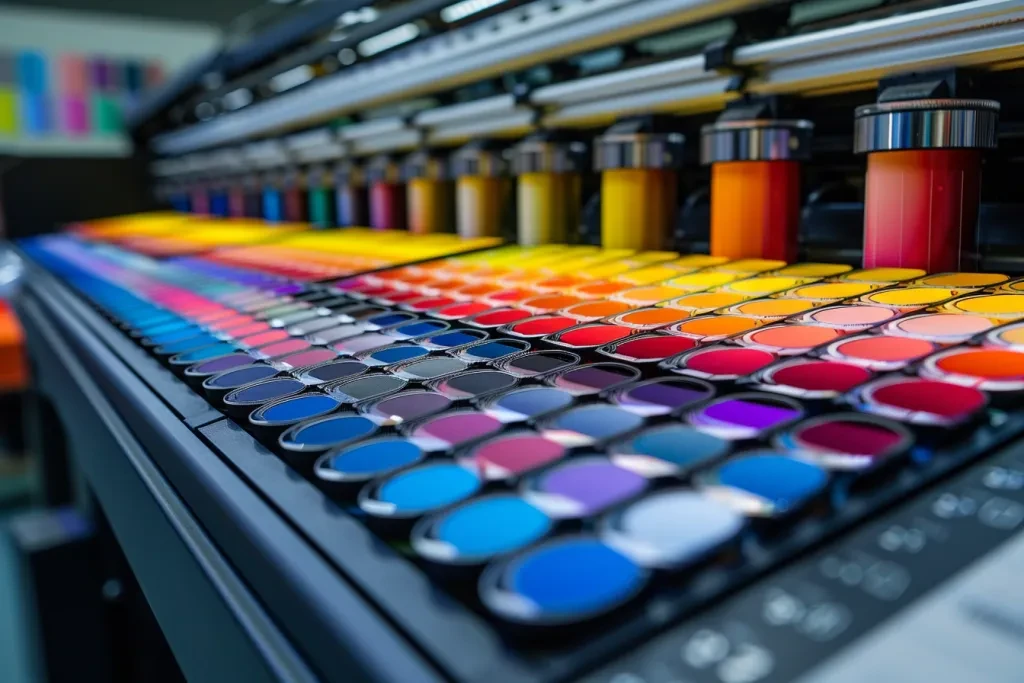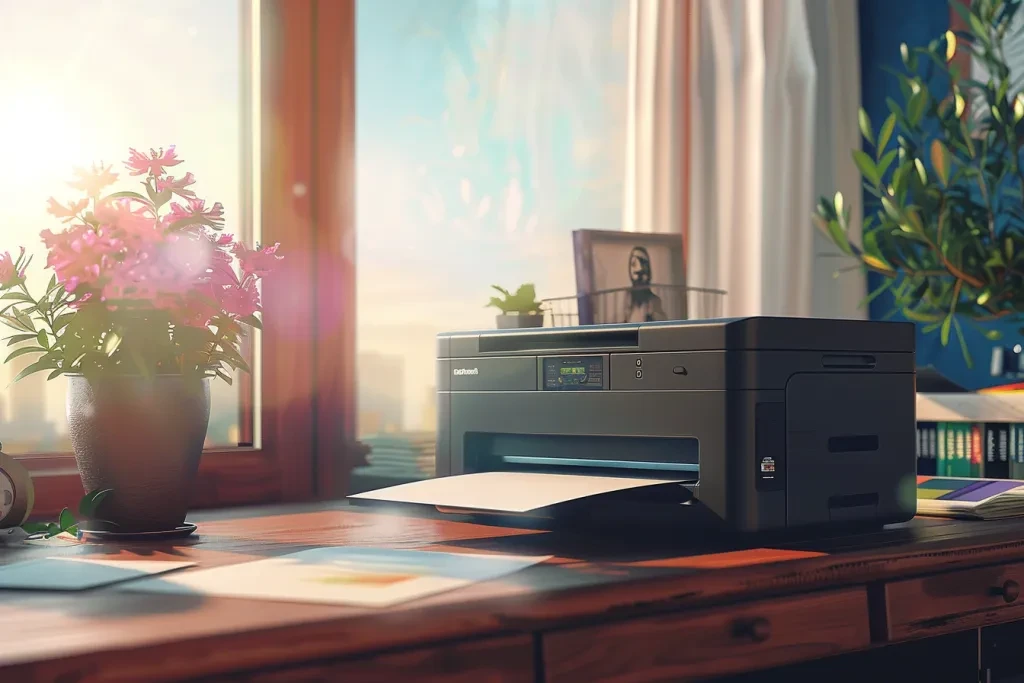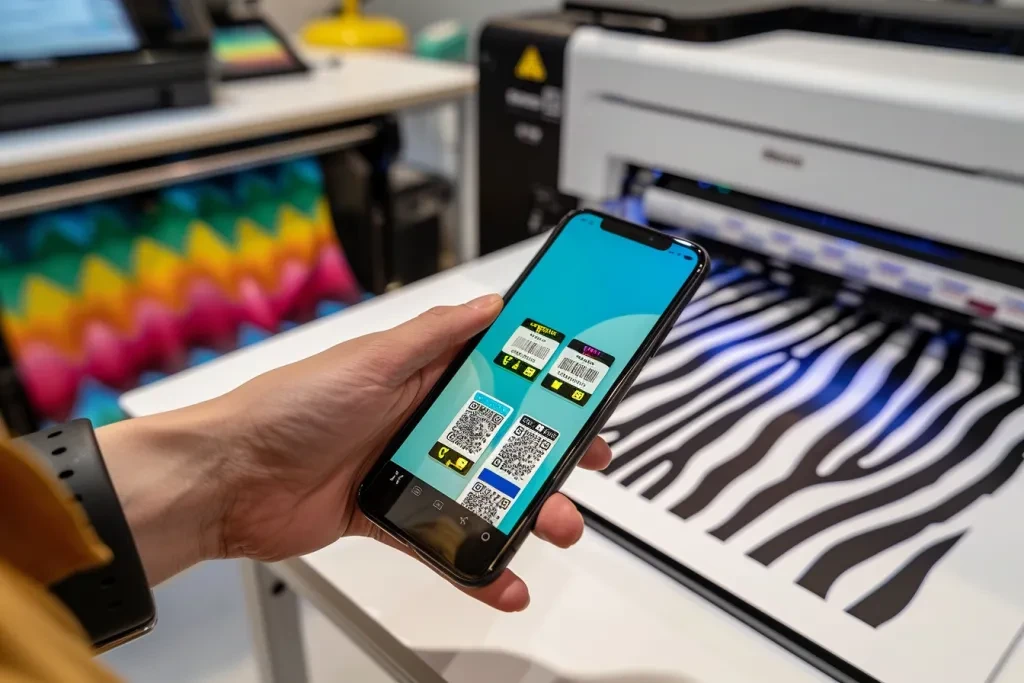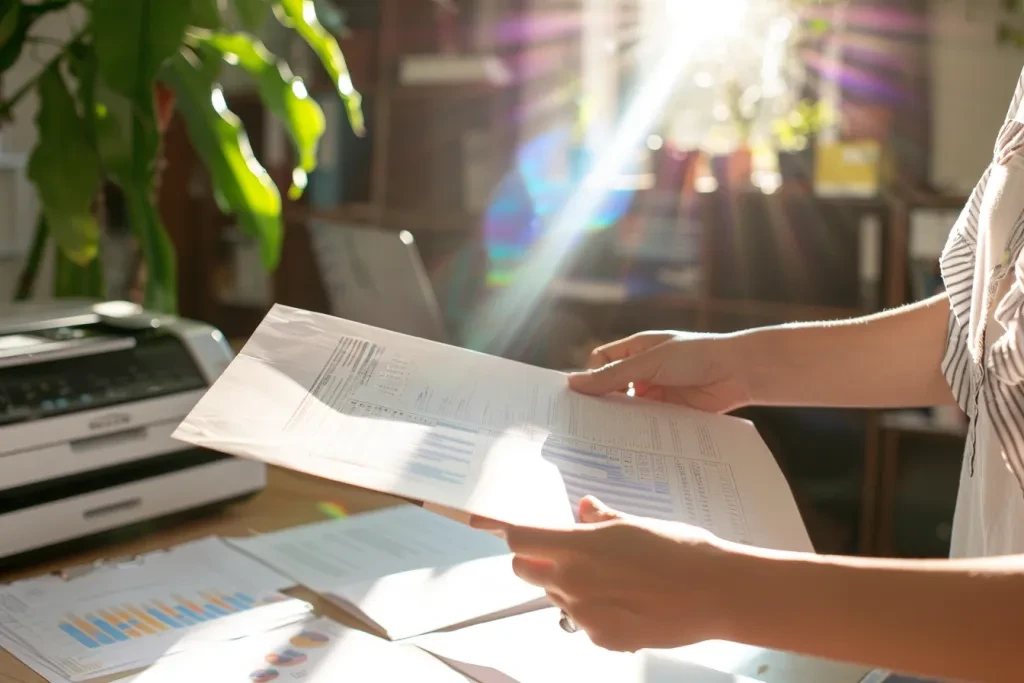In the rapidly evolving world of consumer electronics, the color laser printer stands out as a pivotal tool for both personal and professional use. With advancements in technology, choosing the right printer has become more complex than ever. This article aims to demystify the color laser printer, focusing on the five key areas that users find most important. By providing a clear, empathetic, and detailed exploration of these aspects, we hope to empower you with the knowledge to make an informed decision that best suits your needs.
Table of Contents:
– Understanding color laser printer technology
– Evaluating print quality and speed
– Assessing the cost of ownership
– Examining connectivity options
– Exploring additional features and benefits
Understanding color laser printer technology

Color laser printers have revolutionized the way we print, offering superior speed and quality compared to their inkjet counterparts. At their core, these printers use a laser beam to transfer toner onto paper, a process that ensures precision and efficiency. Understanding the mechanics behind this technology is crucial for appreciating the advantages it brings, particularly in terms of print consistency and the ability to handle high-volume tasks effortlessly.
The heart of a color laser printer lies in its four-color printing process, employing cyan, magenta, yellow, and black (CMYK) toners. This method produces a wide spectrum of colors, enabling the creation of vibrant and detailed documents and images. Moreover, recent advancements have seen significant improvements in color accuracy and gradation, providing users with professional-grade output.
Another aspect worth noting is the durability of laser-printed documents. Unlike ink-based prints that may fade or smudge over time, laser prints are known for their longevity and resistance to environmental factors, making them ideal for documents that require permanence.
Evaluating print quality and speed

When it comes to selecting a color laser printer, print quality and speed are among the top considerations. High-resolution printing, measured in dots per inch (DPI), ensures that text appears crisp and images are rendered with clarity and depth. Modern color laser printers offer resolutions upwards of 600 DPI, catering to the demands of high-quality print jobs.
Speed, measured in pages per minute (PPM), is another critical factor. Time is of the essence in many environments, and a printer that can churn out documents swiftly without compromising on quality is a valuable asset. Recent models have significantly reduced warm-up times and can maintain impressive speeds, even for color printing.
Balancing quality and speed requires a look at one’s specific needs. For businesses that prioritize client presentations and marketing materials, opting for a printer with higher DPI and moderate speed might be the way to go. Conversely, for settings where volume printing is the norm, speed may take precedence.
Assessing the cost of ownership

The initial purchase price of a color laser printer is just the tip of the iceberg when it comes to the total cost of ownership. Consumables, such as toner cartridges, and maintenance play a significant role in the long-term expenses associated with these printers. Toner cartridges for color laser printers can be pricey, but they also offer a higher yield compared to ink cartridges, translating to a lower cost per page.
Energy consumption is another aspect to consider. Laser printers generally consume more power than inkjet printers during operation, but modern models have become more energy-efficient, with features like automatic sleep mode helping reduce electricity usage.
It’s also worth considering the longevity of a color laser printer. With fewer moving parts than inkjet printers, they often boast a longer lifespan, potentially offsetting higher initial costs over time. Evaluating the cost of ownership requires a holistic view, considering both upfront and ongoing expenses.
Examining connectivity options

In today’s interconnected world, the ability of a color laser printer to seamlessly integrate into various workflows is paramount. Most models now come equipped with a range of connectivity options, from traditional USB and Ethernet to wireless connections like Wi-Fi and Bluetooth. This flexibility allows users to print from multiple devices, including smartphones and tablets, enhancing convenience and productivity.
Cloud printing services have also become a standard feature, enabling users to send documents to their printer from anywhere with internet access. This is particularly useful for businesses with remote employees or for individuals who are often on the go.
Security is another critical aspect of connectivity. With the rise of cyber threats, manufacturers have incorporated advanced security features to protect sensitive information. Features such as secure boot, firmware integrity checking, and user authentication contribute to a safer printing environment.
Exploring additional features and benefits

Beyond the basics, color laser printers offer a range of additional features designed to meet specific needs. Automatic duplex printing, for instance, saves time and paper by printing on both sides of a page without manual intervention. For those dealing with high-volume printing, models with high-capacity paper trays and the ability to add additional trays can be a game-changer.
Some color laser printers also offer advanced color management options, allowing users to fine-tune output for specific projects. This is particularly beneficial for professionals in graphic design or photography, where color accuracy is crucial.
Lastly, the environmental impact of printing technology cannot be ignored. Many manufacturers now prioritize sustainability, offering eco-friendly models that reduce waste and energy consumption. Features like toner saving modes and recyclable cartridges contribute to a smaller environmental footprint.
Conclusion:
Choosing the right color laser printer requires a careful consideration of various factors, from technology and performance to cost and connectivity. By understanding these key aspects, users can find a printer that not only meets their immediate needs but also offers value and efficiency in the long run. As technology continues to evolve, staying informed and adaptable will ensure that your printing capabilities keep pace with the demands of the digital age.



